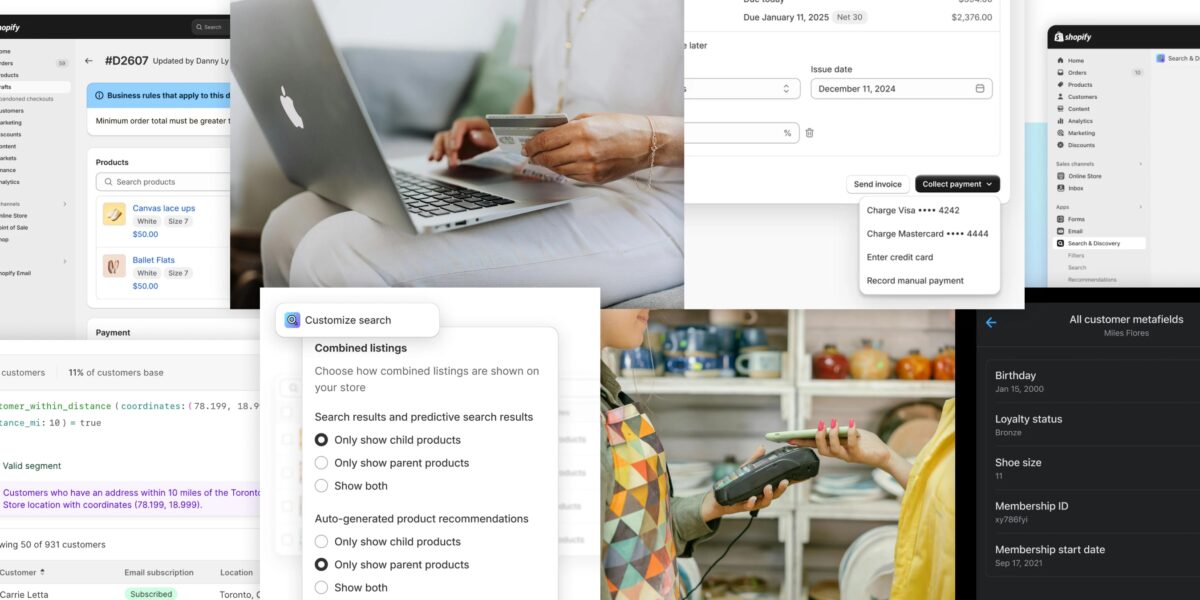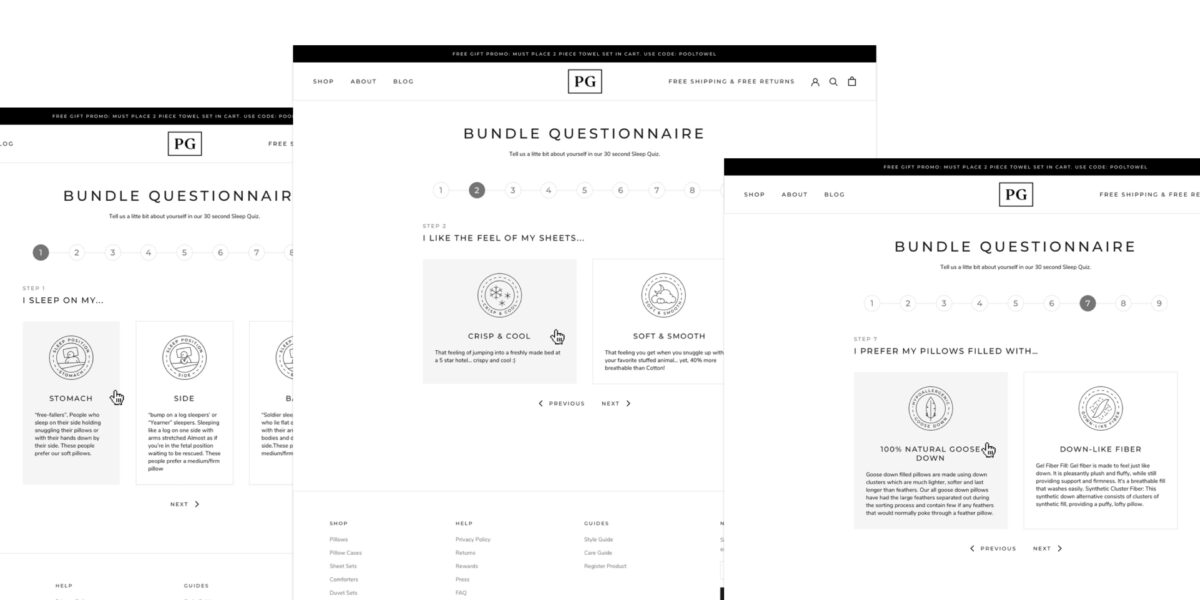Social Media Is Changing The Way We Shop
Shopping on Instagram has arrived just in time for the holiday shopping season, and it’s going to significantly impact the way we buy in 2018. As we continue to see the worlds of content and commerce mesh together, Instagram has officially joined the ranks of Shopify’s sales channels, alongside Facebook, Messenger, Pinterest, Buzzfeed and others.
This new integration enables users to purchase items in the post they just double-tapped, without even having to leave the app. Dangerous? Or dangerously convenient? Either this is a diabolical conspiracy designed to ruin any semblance of a savings account you might have, or it’s a genius fusion of the inevitable Instagram experience: see, like, want… and now, buy. Shopping on Instagram presents an immersive way for brands to reach their ideal customer and sell more. For shoppers, it’s a more streamlined shopping experience of snagging the must-have items seen on their favorite accounts post of the day.
Speaking of those “favorite accounts,” nowadays, everyone and their mother knows a blogger, whether it’s a fashion blogger, travel blogger, lifestyle blogger, fitness blogger, vegan breakfast blogger, rare-berry-artisanal-muffin blogger, you name it (olallieberry muffins are a real thing, they’re delicious and we’d be willing to bet that someone somewhere blogs about them). The most popular bloggers prefer the title “Influencers,” since that is essentially what they’re doing within their respective markets. Influencer marketing is a powerful force, and it wouldn’t be possible without Instagram. In this way, Instagram is playing a major role in redefining the marketing and advertising industry, but that’s a different story for a different post (Stay tuned!). What’s important to us here and now is that 80% of Instagram’s 500 million daily users follow at least one business account, giving brands unprecedented exposure to share their products and their stories, all on one platform. All of this to say that Instagram has been a major force in brand recognition and boosting sales since this phenomenon took off. With the thanks of its 500 million daily users, Instagram is now positioned in a unique spot where user-generated content meets influencer marketing, shaping consumer behavior. The space to capitalize has been carved out, and its practically begging to be filled. This is where Shopify comes in.
Instagram and Shopify initially rolled out Shopping on Instagram late last year as a test run, with select brands like Kate Spade and Warby Parker having “shoppable posts.” This new, expanded rollout is more of the same — literally. It’s the same idea, but available to more merchants. Businesses submit approval requests to Instagram by mid-October (if this is the first you’re hearing about Shopping on Instagram, yes the deadline passed, but don’t worry, it’s sure to expand even more as time goes on). To be approved, merchants have to meet a few requirements. This new feature is only available to US merchants, meaning that business accounts (it’s also a requirement to have a business profile) must trace back to an IP address in the United States. Business accounts must also already be active Shopify sellers, using Shopify’s Online Store sales channel, and finally, already selling products through Facebook’s sales catalog. This is a careful selection to ensure that sellers on Instagram are tried and trusted brands to protect buyers from predatory scams.
Products to be sold through IG also have to meet certain criteria, like being a physical, tangible object that’s available through the Online Store sales channel. Bummer for us here at Sleepless Media, since we can’t sell our services directly through our hilariously witty and very current Instagram. (If you haven’t followed us yet, you really don’t know what you’re missing). Could you imagine how much time we’d save without sales forms, proposals, and contracts? Then again, it’s probably better this way considering the fact that there’s no category for “bad ass web design,” which brings us to the next point. Each product has to belong to a category, and might also have to comply with the requirements within said category. These range from apparel/accessories, to packaged food/beverages, some of the less expected categories include art/photography, musical instruments, and books. And, as always, Shopify reports are impeccably thorough, allowing you to track your Instagram sales and the impact of this feature, and even set up report filters for a more comprehensive breakdown of your progress!
Shopping on Instagram is just one of Shopify’s most recent expansions that are significantly upping the ante for buyers and sellers alike this season. If you haven’t already, check out our post on Shopify’s BFCM toolbox and their partnership with eBay. With Shopify promising to expand access to this feature as time goes on, this new feature demonstrates yet another source of growth for Shopify’s manifest destiny and mission to power the future of commerce.
















